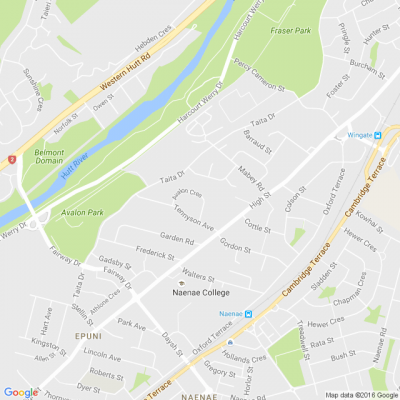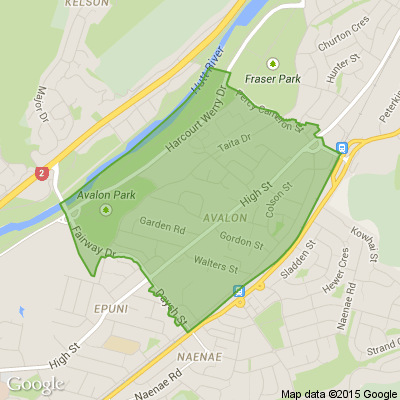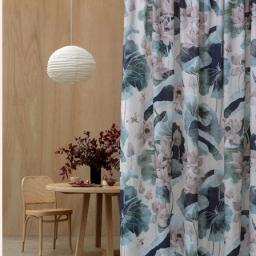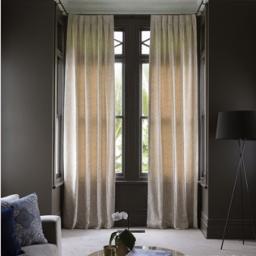All About Curtain & Upholstery Fabrics
There are five different styles/category of fabric that form the foundation for the vast array of curtain and upholstery fabrics you see on the market today. Each fabric style outlined below has its own unique characteristics and are produced using different techniques. Some of these fabric types will be well known to you like plain and printed fabrics, while others less so.
You may be wondering why cotton and linen for example are not included here – this is because they are a type of composition that falls within one of these categories below.
Here we give you a high-level overview of the styles of fabrics available to you for your home interior or commercial interior project.
PLAIN
Plain fabrics are characterised by simple weaves and textures not showing any complex design.
Simple weaves are for instance – hopsacks, twills, herringbones and satins. Common fabric compositions used for plain fabrics include natural fibres (cotton, linen) as well as synthetic fibres (polyester, acrylic, etc.)
Plain interior fabrics take on a simple and paired back aesthetic. Ideal for a minimalist décor, you can complement plain fabrics with more textured and tactile textiles for added interest to your home décor.
PRINTED
Printing is the process of applying coloured designs and patterns to a woven textile. One or more colours are applied to the fabric in specific parts only, using thickened dyes to prevent the colour from spreading beyond the limits of the pattern or design. In quality printed fabrics, the colour is bonded with the fibre so as to resist loss of dye from washing and friction (crocking). Printing is an ancient textile manufacturing technique of which there are five print production methods you can use:
Burn Out Printing:
A process which uses chemicals, rather than colour, to burn out or dissolve away one fibre in a fabric. The purpose is to achieve a sheer design on a solid or opaque fabric. The chemicals used during production can make this fabric sensitive to ultraviolet degradation when hung in direct sunlight.
Digital Printing:
Rapidly becoming a popular and commercially viable printing method due to its flexibility, precision and consistency. With this new printing technique it is now possible to print any design, even with photographic detail, onto fabric. There are no restrictions in the amount of colour that can be used.
Engraved Roller Printing:
The printing method used for the majority of fabrics worldwide. The colours are printed directly onto the fabric. There must be one roller for each colour used in the print. The more colours used, the better the print definition and depth of colour. The number of colours used is printed on the left hand selvedge of a fabric along with the brand.
Hand Block Printing:
The oldest form of printing. Print designs are created by transferring dyestuffs onto fabric with the help of wooden, linoleum, or copper blocks. Artisans hand craft individual blocks to carry each different colour in a design and perfectly match block placement to create the all-over design.
Keep reading: www.curtainclean.co.nz...
Riddle Alert! Who’s Up for Some Brain-Busting Fun?
4-letter word, always done tomorrow,
We’re out of tea, the ultimate sorrow!
Without the eye, you owe me some money,
No sugar no nectar no sweetness no honey,
4-letter word, if by chance you choose,
You can never win, you can only lose!
What is the 4-letter word?
Do you think you know the answer to our daily riddle? Don't spoil it for your neighbours! Simply 'Like' this post and we'll post the answer in the comments below at 2pm.
Want to stop seeing riddles in your newsfeed?
Head here and hover on the Following button on the top right of the page (and it will show Unfollow) and then click it. If it is giving you the option to Follow, then you've successfully unfollowed the Riddles page.

Poll: Should all neighbours have to contribute to improvements?
An Auckland court has ruled a woman doesn’t have to contribute towards the cost of fixing a driveway she shares with 10 neighbours.
When thinking about fences, driveways or tree felling, for example, do you think all neighbours should have to pay if the improvements directly benefit them?

-
82.4% Yes
-
14.9% No
-
2.7% Other - I'll share below
scumbags
There are some really awful people around at the moment. This is what happened on Sunday.
We live in Hinemoa Street opposite the Waiwhetu Stream. At around 3.40 in the afternoon I was looking out my window and saw a car pull up and start to feed the geese and ducks out the window. Then The passenger an asian man jumped out and threw himself onto a goose. he picked it up and put it the boot of the car.
I immediately ran over and stood in front of his car to stop him moving I also called my husband to help. A lovely man was riding his bike and saw it and stopped to help me. The driver tried to drive into me but I didnt move. He tried telling us it was his pet. These are wild geese.
They had a cage in the boot and some wire all ready to catch the poor bird like they have done it before. My husband took the bird from the car and released it. I then moved out of the way and after lots of abuse from the driver they drove off threatening to come back and get more.
No one should be allowed to take these beautiful birds and certainly not like this. they are all starting to have wee babies at the moment the whole thing was so upsetting to me. Another neighbour further down the road also saw it all happen.
Please keep a look out for this car and if you see them by the stream go over and watch them lets all stop this happening.











 Loading…
Loading…

















